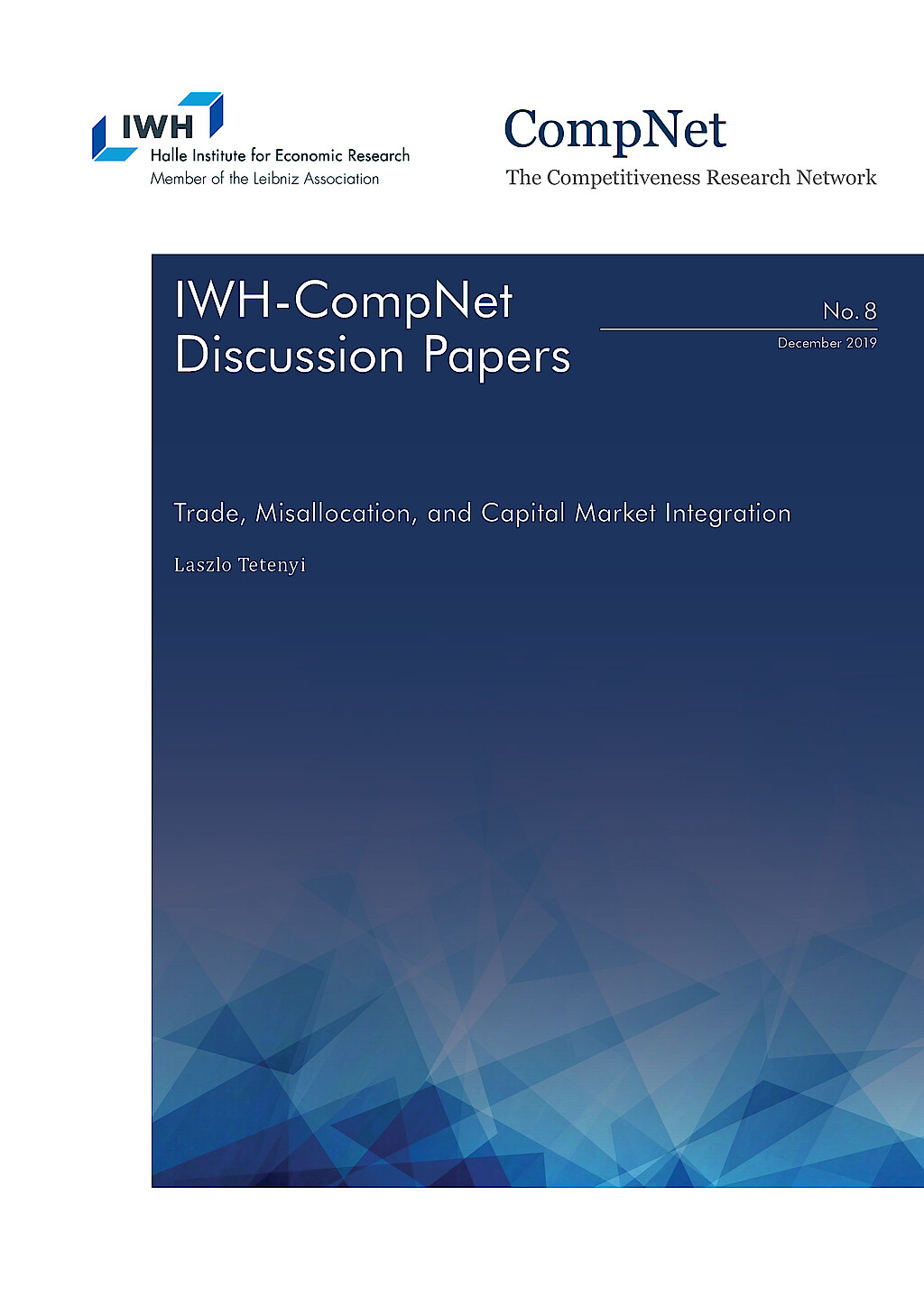
Trade, Misallocation, and Capital Market Integration
I study how cross-country capital market integration affects the gains from trade in a model with financial frictions and heterogeneous, forward-looking firms. The model predicts that misallocation among exporters increases as trade barriers fall, even as misallocation decreases in the aggregate. The reason is that financially constrained productive exporters increase their production only marginally, while unproductive exporters survive for longer and increase their size. Allowing capital inflows magnifies misallocation, because unproductive firms expand even more, leading to a decline in aggregate productivity. Nevertheless, under integrated capital markets, access to cheaper capital dominates the adverse effect on productivity, leading to higher output, consumption and welfare than under closed capital markets. Applied to the period of European integration between 1992 and 2008, I find that underdeveloped sectors experiencing higher export exposure had more misallocation of capital and a higher share of unproductive firms, thus the data is consistent with the model’s predictions. A key implication of the model is that TFP is a poor proxy for consumption growth after trade liberalisation.




